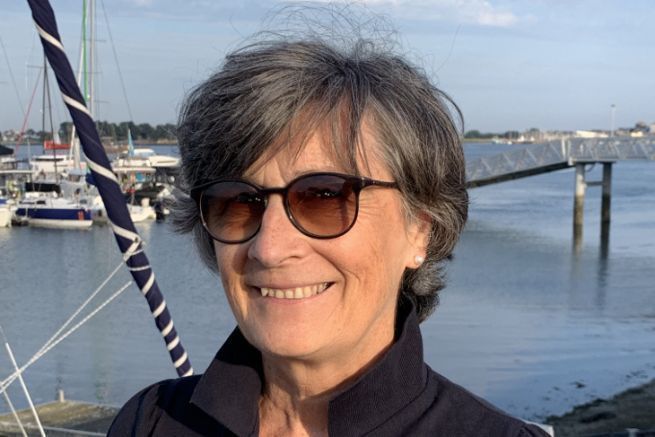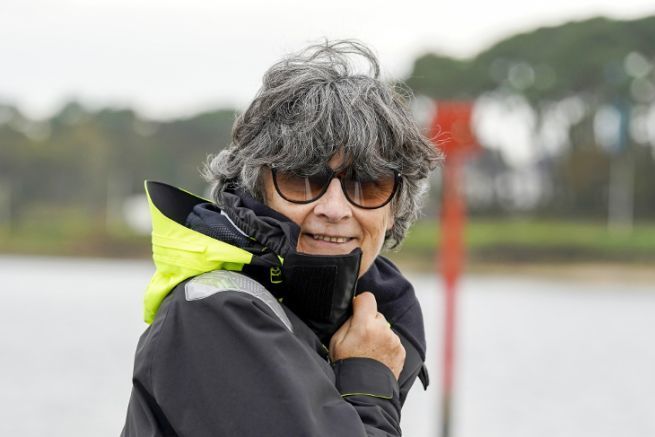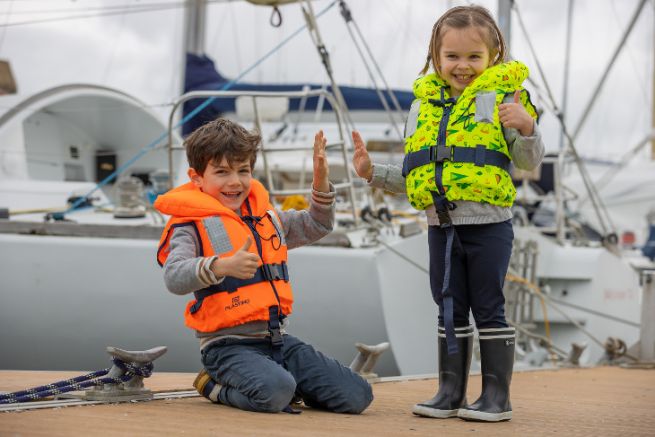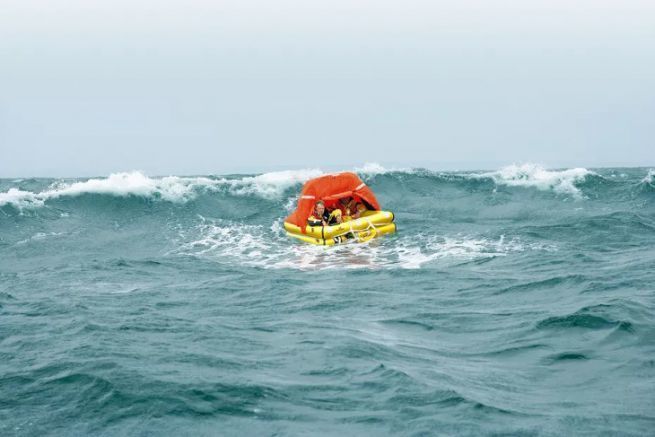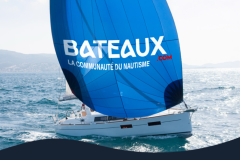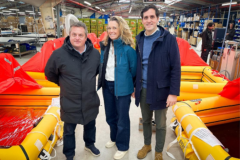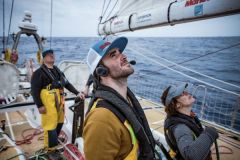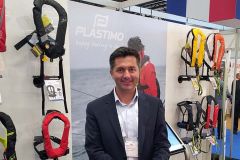Head of communication and marketing at Plastimo from 1985 until her departure this year, in 2021, Cathy Millien shares with us her vision of the changes in her job within the nautical industry.
What is for you the role of marketing and communication in the nautical industry?
The function of communication is to stage the events and products of the company. And with the company, it is the brand that is put forward, with its values and its identity. Boating is a very nice environment and the different practices on the water offer us a lot of material, but there are limits to storytelling: you still need quality material and things to tell. Collaboration with the racing world adds human touch to our work, and also to the brand's messages: a racer or a team that are loyal to us bring emotion and spice, we vibrate or tremble for them. Finally, from an operational point of view, a comm' team has the chance to do things that can be seen, it is quite gratifying and rarely repetitive.
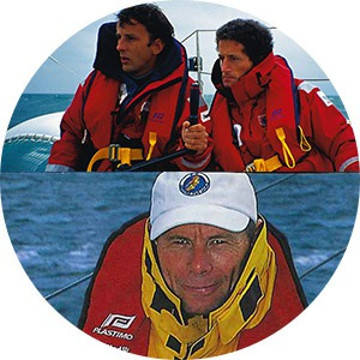
What changes have you seen in your career?
There have always been evolutions, starting with tools that help make a catalog! But no software can make a catalog or a newsletter: you need a minimum of writing skills and a real interest for the subject. We are addressing passionate people: our speech must "catch" them. The big turning point for me was 12-15 years ago: we had to really question ourselves with the arrival of digital and social networks. For me, it was either to deprive myself of these essential tools and potentially be bored for the rest of my career, or to adapt... and I must admit that I really enjoyed it! Today's boater is increasingly educated through blogs, publications and specialized sites. And in the absence of a physical link with the consumer due to Covid, we had to rethink the communication towards the final customer, notably with digital means coming from both the brand itself and the network of shipchandlers.
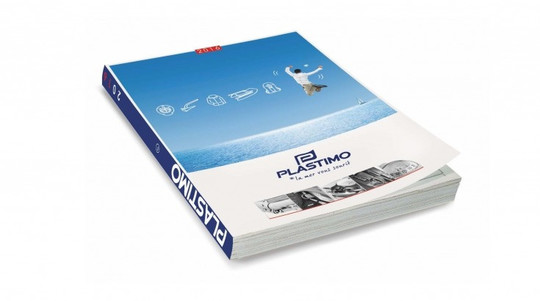
What is the role of the catalog, that of Plastimo, having been for a long time a reference with a large circulation?
The catalog is indeed the historical pillar of Plastimo communication... for 48 years! Although its print run has been reduced over the years, it is still widely consulted and downloaded online. With the development of power plants, they are now the ones who make the largest print runs. It's in the direction of history. But just as Sephora needs Lancôme or Darty needs Samsung, they need the OEMs. Customers go to the stores or to the sites to get the information in the catalogs about prices or promotions. Our position is different, because we do not sell directly to the boater. Today, the central agencies are essential: they structure and energize their network and provide them with marketing tools, they talk to the yachtsman by proposing events, special offers, user clubs... The market also needs independent shipchandlers who create a different dynamic. The Germans were far ahead with the development of mail order, before the Internet. However, I remain convinced that brands must continue to speak directly to the boater. While a franchise network targets a commercial discourse, a brand "tells" the story of the product: its genesis and innovations, its legitimacy in relation to the brand's values, its contribution to the capital of trust felt by the yachtsman... the brand makes people dream more than the retailer, but the two work hand in hand and absolutely need each other.
In short, the boating consumer functions for his or her boat and equipment purchases as he or she does for the rest of his or her life. If it is true that the shipchandlers' profession and stores were not the first to adapt to new consumer behaviors, this period is over: the network has gained enormously in dynamism and modernity over the last 15 years, also realizing that each customer can be multiple at different times (regatta, family cruising, kayak or SUP...)

 /
/ 

